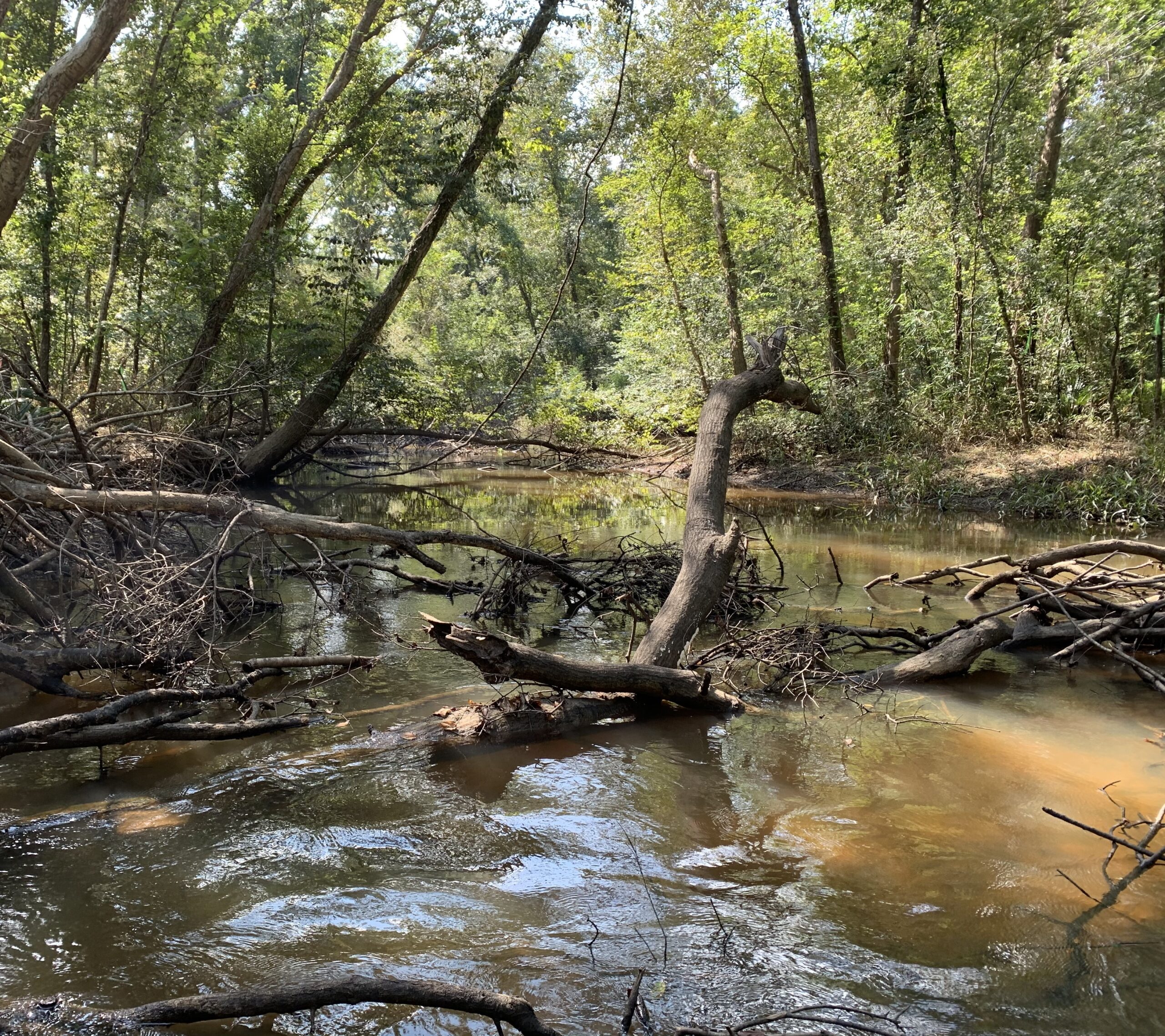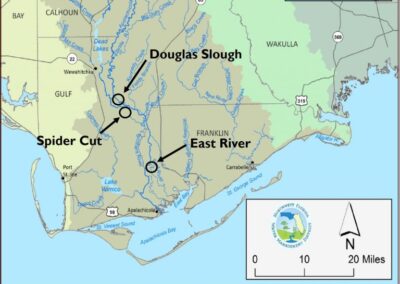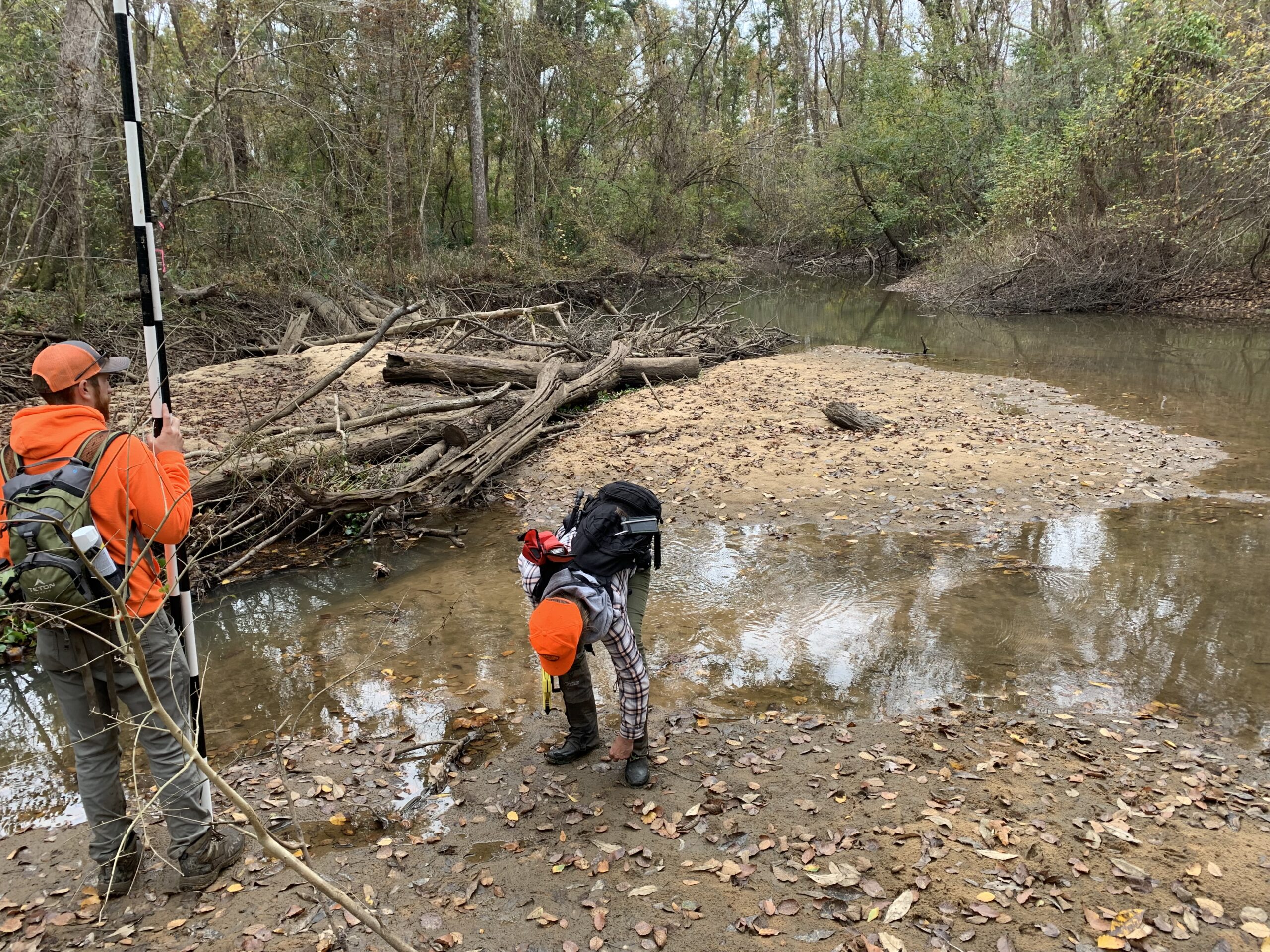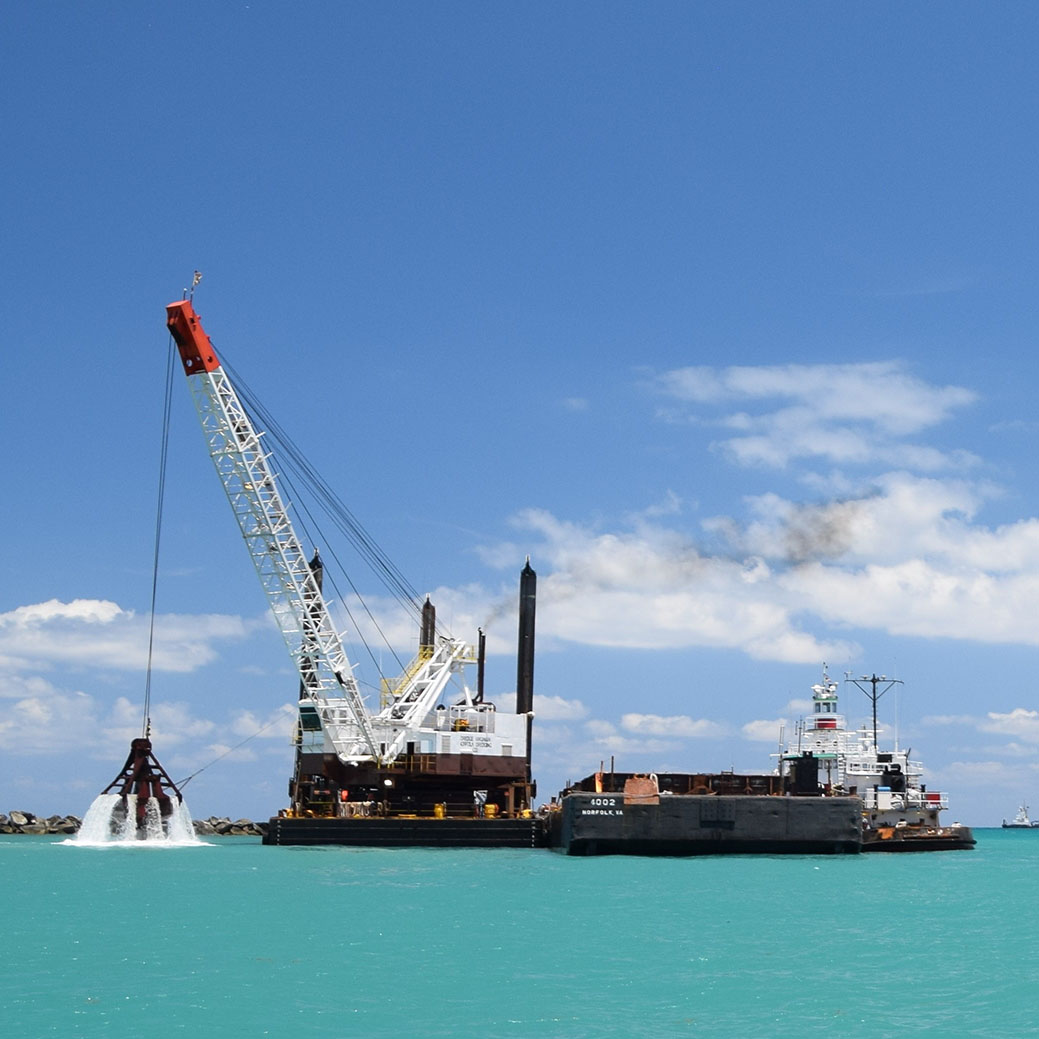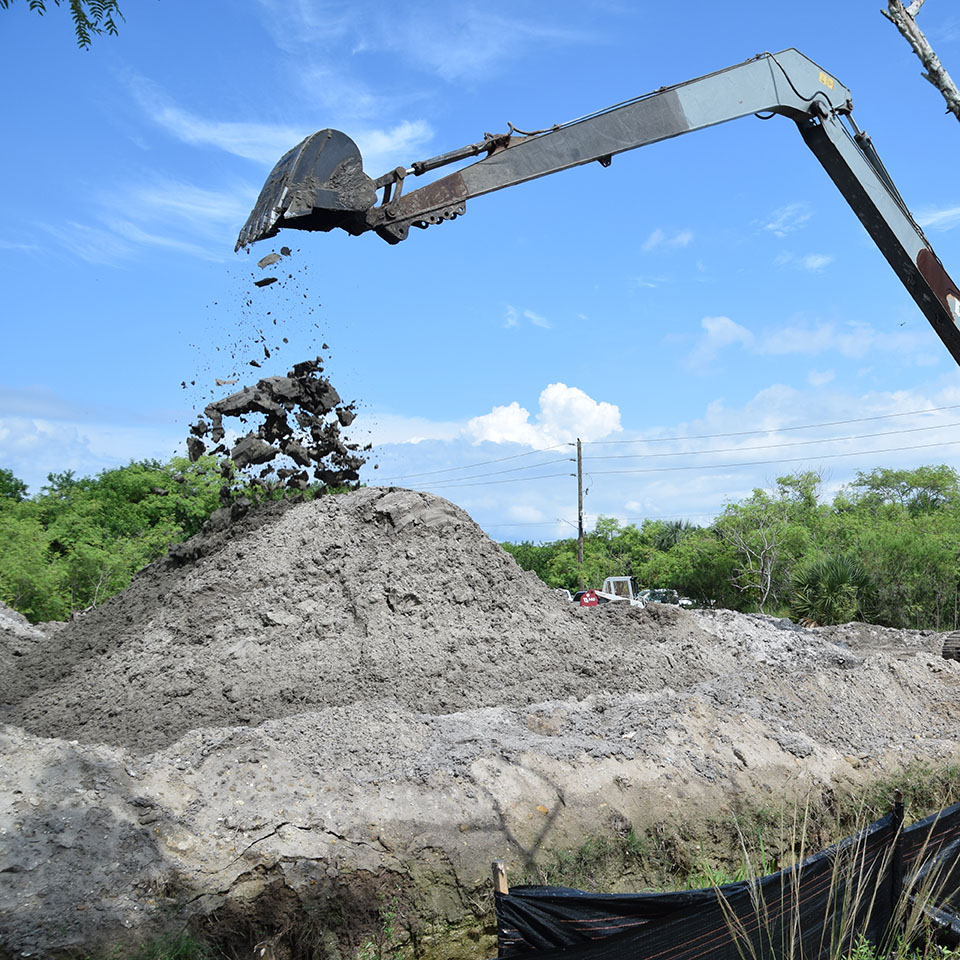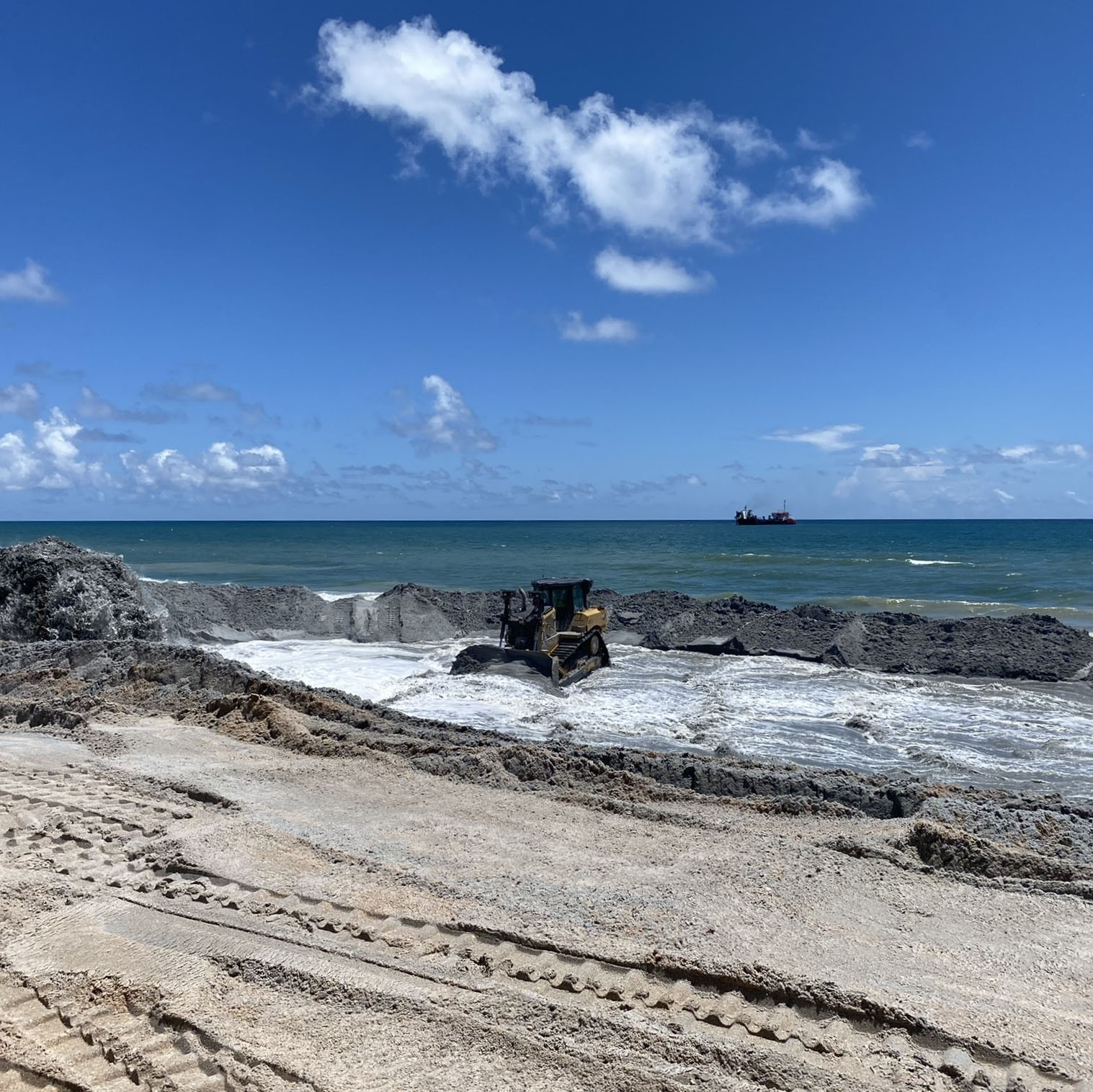Apalachicola River Slough Restoration Project
Project Overview
Elements
Program Management
Beneficial Use of Dredged Material
Procurement Strategy
Construction Document Development
Constructability Analysis
Details
Dates: 2021-Ongoing
Key Staff:
Apalachicola River Slough Restoration Project
Like many sites across the US, the waterways of the Apalachicola River Basin have seen their fair share of human impact from population increases and commercial trade. Until about 15 years ago, ongoing navigation maintenance on the Apalachicola River Channel was causing significant impact on water levels and sediment transport patterns. The maintenance activities have concluded, but sediment deposition at many sloughs and tributaries now have limited connectivity in the watershed, causing significant impacts to water quality and habitat.
The restoration project aims to restore the functionality of the sloughs within the system. By reestablishing the hydraulic connections to the Chipola and Apalachicola Rivers, the floodplains will be rehydrated during low flows, which will restore wetland habitats and improve water quality. Environmental dredging to restore connectivity is a critical element in Northwest Florida Water Management District’s (NWFWMD) Surface Water Improvement and Management Plan for the Apalachicola River basin.
The work is being championed by the Apalachicola River Keeper and is grant-funded via the National Fish and Wildlife Foundation’s (NFWF) Gulf Environmental Benefit Fund. The project is also supported by the Florida Fish and Wildlife Commission (FWC), Department of Environmental Protection (FDEP), and local stakeholders.
First Line Coastal’s staff has been serving the project since inception. The work includes facilitation across multiple agencies to prioritize and fund restoration of the 30 environmental dredging project sites. Overall project management is followed by design, permitting, bid support, and construction oversight activities. Three restoration projects along the Chipola River are currently in the final stages of design and permitting: Spiders Cut, Douglas Slough, and East River.
Design elements include dredging of shoaled sediments from historic channel beds in brackish and fresh-water systems. Each site requires special attention to constructability factors, especially to accommodate dredged material transport and disposal. Dredged Material Management Areas (DMMAs) owned by Florida Fish and Wildlife Conservation Commission (FWC) will ultimately be restored through the Beneficial Use of the Dredge Material (BUDM).
The project is a fantastic example of the application of two primary skillsets. Our senior staff’s talent for programmatic leadership is being leveraged to focus and organize multiple agencies toward achieving a common goal, while our dredging expertise is being applied to overcome significant constructability challenges that will reduce project risk and yield the target result.
Recent Projects
South Ponte Vedra Beach Dune Restoration Project
Project OverviewElementsDetailsLocation: St. Johns County, Florida Dates: 2020-2022 Key Staff:South Ponte Vedra Beach sits along a five-mile stretch of coast in St. Johns County, approximately four miles north of St. Augustine Inlet. After being ravaged by a series of...
